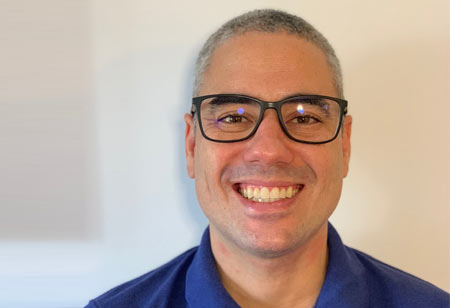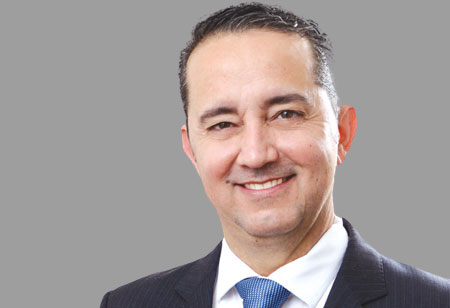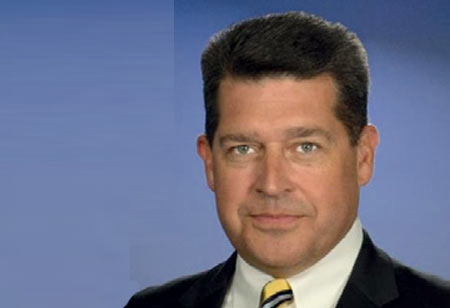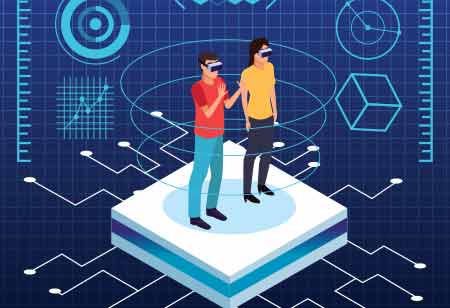THANK YOU FOR SUBSCRIBING

Unlocking Integration Challenges: Future Perspectives
Gabriel Albuquerque, Automation and Instrumentation Design Manager at Petrobras

 Gabriel Albuquerque, Automation and Instrumentation Design Manager at Petrobras
Gabriel Albuquerque, Automation and Instrumentation Design Manager at Petrobras1. How do the latest developments in Automation and Instrumentation Design address your business's challenges in satisfying its requirements?
Integrating controllers and PLCs from different vendors in a single automation architecture is one of our greatest challenges. So, in the actual state of initiatives like the open process automation standard (O-PAS) and universal automation, we foresee a great future perspective for us. We are already using some open standards in our specifications, like OPC-UA. Even so, we already have some improvements using the open standards. Moreover, we are developing internal agnostic standards for automation programming and HMI screens.
2. If your company can consent to this, can you share your experiences from one of the projects you were recently involved in?
In our latest designs, we are already using OPC-UA as the standard communication protocol between different vendor controllers. However, not all OEMs use controllers that are OPC-UA compliant, leading us to use other communication protocols and imposing some difficulties in the integration phase.
3. What are some of the challenges in your business that current services cannot provide an optimal solution?
Regarding integration aspects, not all third-party equipment can follow the programming and screen standards under development, so operations may face some difficulties, especially regarding standard HMI aspects. Another challenge is the use of virtualization in automation architecture. This is new even for manufacturers, and we are having an ongoing discussion about the dimensioning of cluster hardware and cybersecurity.
"I think that the major manufacturers are already developing some products and interacting a lot in the open standards groups, but if the end-users don’t begin to request this think of product and service, this could take more time than we expect and need."
4. Regarding best practices, what suggestions would you offer to those in roles similar to yours in the tech sector?
Believe in open standards and push the market towards them. As end-users, we need to lead the manufacturers towards this new state. I think that the major manufacturers are already developing some products and interacting a lot in the open standards groups, but if the end-users don’t begin to request this think of product and service, this could take more time than we expect and need. Nowadays, cybersecurity is the most important issue to be considered. Internally, the companies shall identify the main cybersecurity risks. In the same way, methodologies shall be developed. On the other hand, the equipment and software suppliers shall guarantee their products have enough protection against vulnerabilities.
5. What technological advancements in Automation and Instrumentation Design are particularly exciting for you, and why?
Orchestration, interoperability, and the possible interchangeability of hardware and software are the technological advances that have come to my mind. These technologies will ease the hardware and software configuration, saving a lot of time in the design, construction, and commissioning phases. Wireless instrumentation and IIoT are also technologies that must be on a short-term roadmap. Their use may help us identify more information and diagnoses for the upper management layers.
Biography
Gabriel Albuquerque has been the Automation Design Manager for Offshore Units in Petrobras since 2022. For the last four years, he has worked as manager and engineer in Automation Design for Offshore Units, participating in detailed design for the last five units and the last five basic engineering designs. He has great expertise in construction and assembly for onshore production units, as an engineer and manager for Petrobras for 12 years. He graduated in Electronic Engineering (Federal University of Bahia), and post graduated in Industrial Automation (State University of Rio de Janeiro) and Computer Networks and Telecommunications (Salvador University). He is also a Project Management Professional (PMP), certified by PMI since 2010.
Read Also





















ON THE DECK